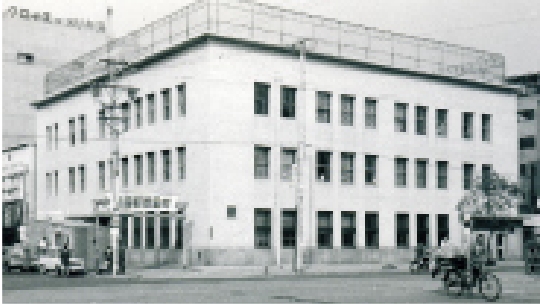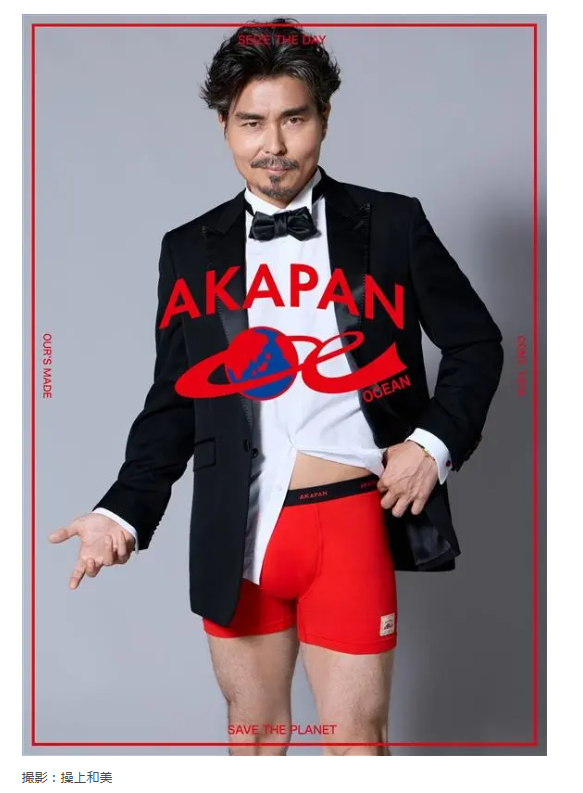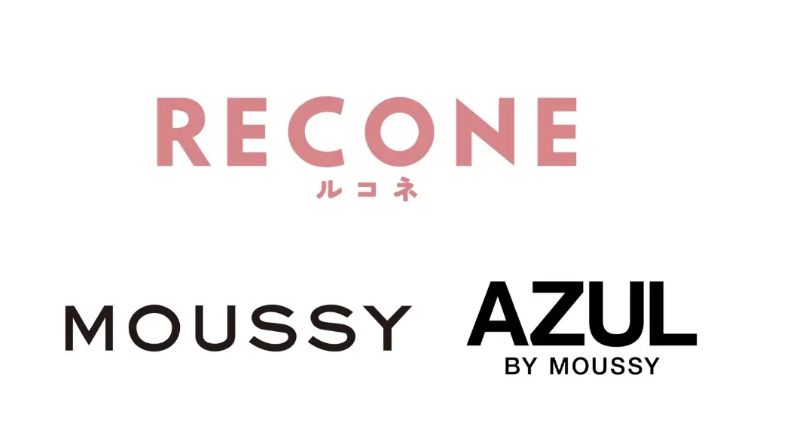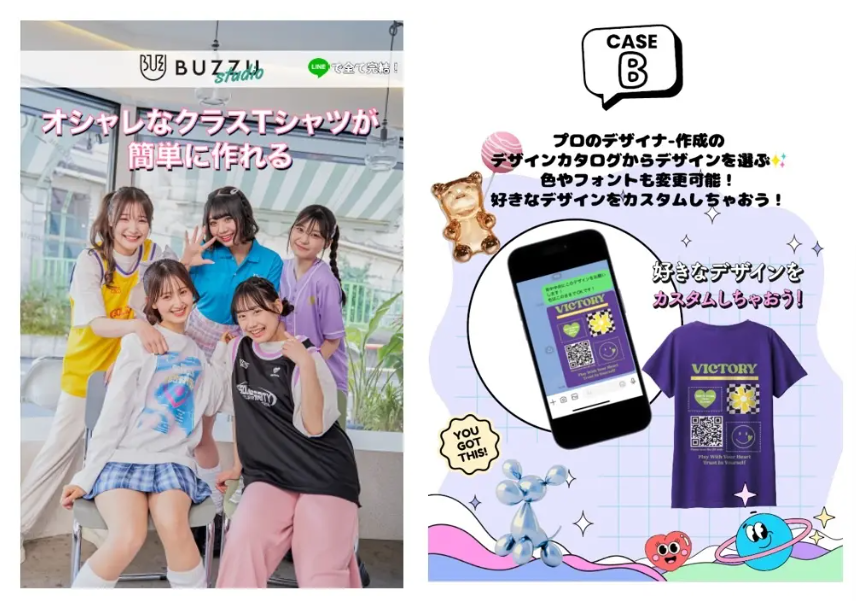With the mission of environmentally friendly production, SHINDO Co., Ltd. (Representative Director: Tadashi Shinmichi, Arawa City, Fukui Prefecture), which plans, manufactures, and sells apparel auxiliary materials for apparel and sports apparel apparel, with the mission of environmentally friendly production as the pillars of our business, industrial materials, silicones, and apparel auxiliary materials, with the aim of promoting the development of new products related to UNTANGLE IT™ and expanding the range of applications. We have concluded a brand partner collaboration. In the future, we plan to develop high-quality tapes using UNTANGLE IT™ fibers.

■What is “UNTANGLE IT™,” which turns used and discarded fishing nets into clothing resources?
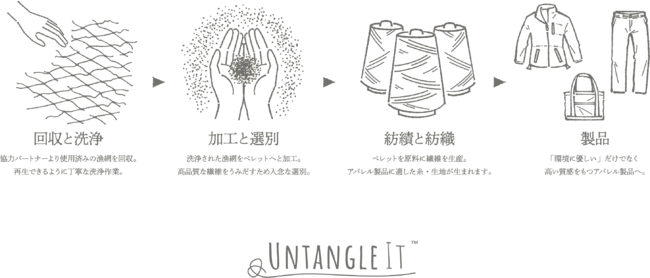
An upcycling system has been created in which used fishing nets are collected by a collection company called a recycler, and the nets are processed and sorted to produce fibers suitable for apparel products. Based on the idea of ``what we can do now to protect the bountiful sea,'' we will use the fibers produced by this system to develop and produce fabrics, secondary clothing materials, and apparel products. . This is an initiative that contributes to the Creating materials that are friendly to the earth, one of the five missions in the SDGs declaration announced by TOYOSHIMA in June 2020.
We hope that by creating a cycle in which fishing nets are reborn as new products, people will become more aware that fishing nets can be reused, and by having them actively involved in collecting them, we will be able to help reduce ghost fishing in the future. I'm here.

▲ Garbage drifting in the ocean. Garbage washed ashore in the ocean is generally called "marine debris". The photograph shows debris (clumps) entwined with various fishing nets. Lures used for fishing are also found in the debris.
■ Image of tape using UNTANGLE IT developed by SHIINDO
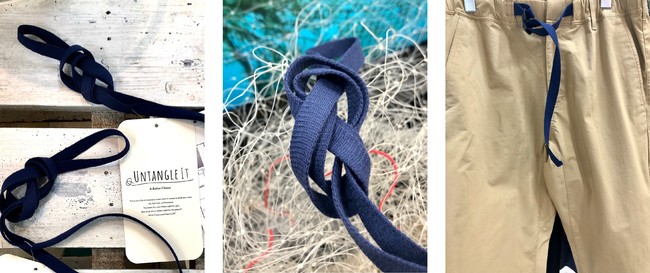
■ The problem of "ghost fishing" caused by "fishing gear including fishing nets"
According to UNEP (United Nations Environment Program) and FAO (United Nations Food and Agriculture Organization), it is calculated that approximately 640,000 tons of "fishing gear including fishing nets" are released into the ocean every year*1.
Fishing gear released into the sea, including illegal dumping, drifts in the ocean, entangles with marine life, and causes harm to marine life through “unintentional capture”. The fishing net is made of high-quality synthetic fibers that are durable and abrasion-resistant. These "fishing gear including fishing nets" continue to drift in the ocean without decaying.
This series of cycles is called "ghost fishing" and is a threat to marine life.
*1 Graeme Macfadyen, Tim Huntington, Rod Cappell,
"Abandoned, Lost or otherwise Discarded Fishing Gear” UNEP, FAO 2009
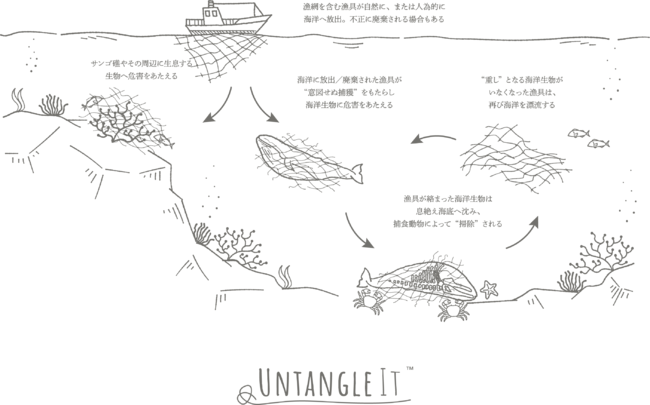
▲ Cycle diagram of “ghost fishing” where fishing gear including drifting fishing nets poses a threat to marine life

■ SHINDO Co., Ltd. https://www.shindo.com/jp/
Founded in 1970. Under the theme of “People, Environment, Future”, we realize the maximum cost reduction and provide added value of eco-friendly products while keeping in mind the global business strategy. With industrial materials, silicones, and secondary materials for apparel as the pillars of its business, SHINDO is working to develop new products that are unparalleled in the world by integrating these fields. The Ishizuka Factory (Arawa City, Fukui Prefecture), which has eco-friendly energy-saving equipment such as solar power generation equipment and exhaust heat recovery system, has a logistics center attached to it, and has built a consistent system from production to distribution. Headquartered in Fukui, with bases in Tokyo, Osaka, Germany, Milan, New York, Los Angeles, Hong Kong, Shanghai, Guangzhou, Beijing, Shenzhen, and Vietnam, SIC (SIC: a comprehensive brand of thin apparel accessory materials such as ribbons). We have showrooms where you can see our main products in Paris, New York, Tokyo, Shanghai, Guangzhou, and Hong Kong. We also have an eco-friendly factory in Shantou, China.

■Toyoshima & Co., Ltd. https://www.toyoshima.co.jp/
Founded in 1841. In our 180-year history, we have expanded our business domain in response to the changing times. Currently, we are engaged in a series of processes from purchasing and selling raw materials, yarns, and fabrics from all over the world, and planning of final products to production management and delivery, and are developing comprehensive business in all processes of the fashion industry. In addition, as a company that proposes a sustainable lifestyle, we are developing and providing various sustainable materials, investing in tech ventures, and promoting the development of smart wear. Since 2019, we have adopted "MY WILL" as our statement to express our commitment to sustainability & technology.


